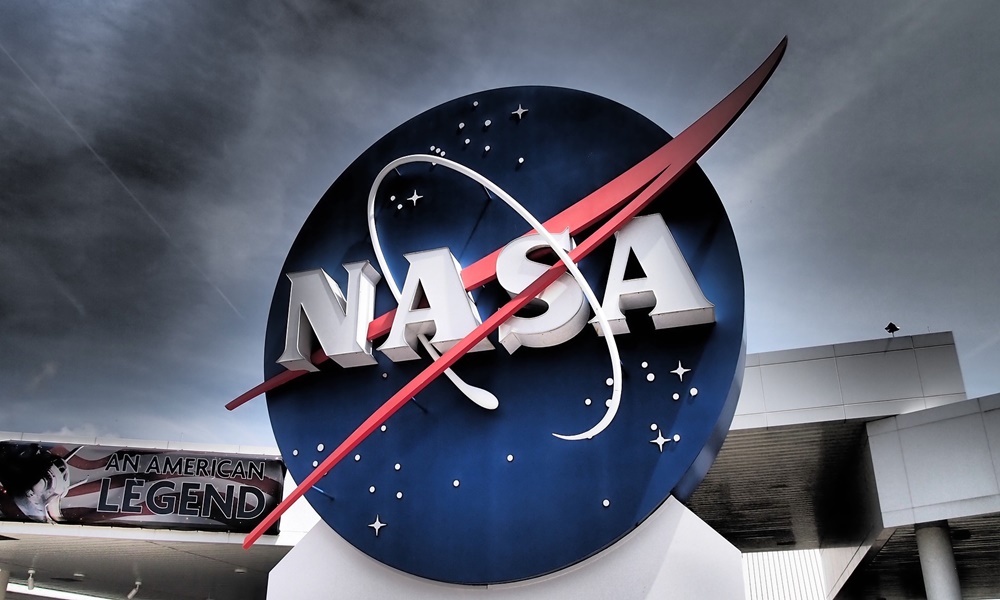UTEP receives grants to support research in support of NASA

EL PASO, TX – Researchers at the University of Texas at El Paso (UTEP) will help build a robotic device to weld in space and prepare astronauts for a mission to the Moon, thanks to a series of grants from NASA.
The University reported that the grants awarded to faculty in various departments and colleges underscores UTEP’s strong partnership with NASA and the critical scientific and engineering contributions made by the University to space exploration.
“These joint initiatives between UTEP and NASA reinforce UTEP’s reputation as a premier research institution,” said Stephen Aley, associate vice president for research and special projects in the Office of Research and Sponsored Projects.
The grants include the lunar regolith simulator study, where Professors Reza Ashtiani and Darren Cone will conduct research on the granular mechanics of lunar soils. With the grant, UTEP will become a repository for lunar regolith simulants, materials developed in the laboratory to represent the physical, chemical and mineralogical characteristics of planetary soils. The study is intended to provide valuable information on the complex challenges of building infrastructure on other planets.
Another of the projects benefiting will be the development of a robotic system for welding in space, where Professors Angel Flores-Abad, Joel Quintana, and John Bird will support the development of a digital robotic system and hardware for welding in space by characterizing the motion and forces of the process and generating real and synthetic performance data.
Also, Artemis lunar operations will be supported. Professor Jose Hurtado will continue his long-standing work of providing geological expertise to NASA, including mission simulations and intensive field training for NASA astronauts at locations on Earth that resemble the Moon.
It will also support the analysis of lunar rock and soil simulants, where UTEP professors Carlos Cabrera Martinez and Cone, along with Alejandro Metta, manager of the X-Ray Core Facility within the university’s Department of Chemistry and Biochemistry, will study the mimicry of planetary regolith, the layer of rock on top of bedrock. The research to be conducted by this team will help analyze structures important in mimicking lunar dust to identify lunar resources that could support future bases for people living on the Moon.
“It is important to know what types of oxides, water and other types of resources may be available on the Moon,” said Carlos Cabrera Martinez, Ph.D., professor and chair of the Department of Chemistry and Biochemistry at UTEP.
Cabrera is hopeful that all of these grants will pave the way for UTEP to continue to provide expertise and assistance to NASA for lunar research and other expeditions.
